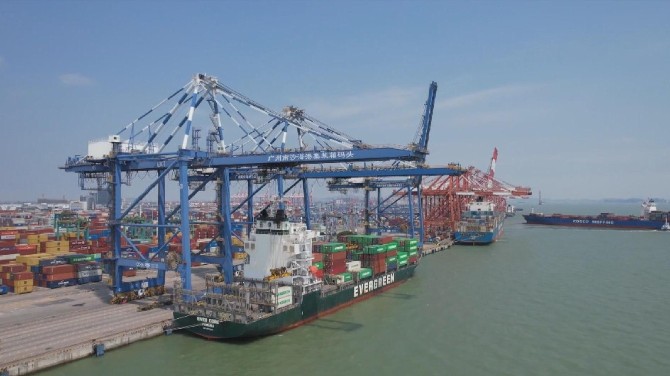
A major port on the southern Chinese coast has been driving the country's foreign trade, connecting China to the rest of the world and serving as a key hub for global grain exchange.
Situated on the banks of the Pearl River, the commercial metropolis of Guangzhou boasts a history of over 2,200 years. As one of the starting points of the Maritime Silk Road, the flourishing city has built itself into a robust global trade hub through the ages.
A port in the city's Nanshan District stands out in China's vast network of maritime freight terminals, having emerged as a major comprehensive international shipping hub.
Since China proposed the Belt and Road Initiative (BRI) in 2013 with plans to build maritime routes and overland infrastructure networks connecting the country with the rest of the world, Nansha Port, under the Guangzhou Port Group, has been on a fast track of development by leveraging its advantage as the geographic and geometric center of south China's Pearl River Delta.
"The past decade has seen Nansha's coastal economy constantly tapping into its geographic advantage and driving the development of wider Guangzhou. At present, Nansha Port has grown into the largest standalone container port in south China and a primary force driving the Guangzhou Port which is the country's largest container port for domestic trade," said Ye Jianming, a director of business development for the port.
Today, the number of the port's oceangoing routes for foreign trade stands at 152, including 126 routes to the countries along the Belt and Road.
"It now has the largest number of docks serving trade routes connecting China and Central Africa and the country's largest docking area for the domestic and foreign trade of grains," Ye said.
As China's only deep-water port on the western banks of the Pearl River estuary, Nansha Port has seen its container throughput capacity growing considerably in a decade from 1.65 million containers with Belt and Road countries and regions in 2013 to double that volume in 2022.
After years of infrastructure development, the port has built an integrated logistics park, a supporting railway station, and a series of special docks for the transportation of grains, crude oil, vehicles and petrochemical products.
Source:
CCTV
The opinions expressed herein are the author's and not necessarily those of The Xinde Marine News.
Please Contact Us at:
media@xindemarine.com


 China’s First Bulk Bunkering of Domestic Green Me
China’s First Bulk Bunkering of Domestic Green Me 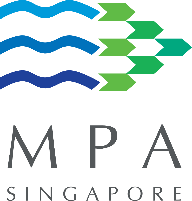 Rotterdam and Singapore Strengthen Collaboration on
Rotterdam and Singapore Strengthen Collaboration on 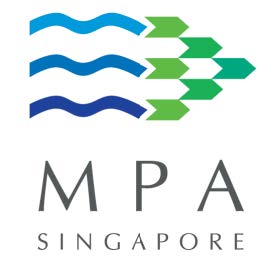 MPA and CMA CGM Sign MoU to Enhance Sustainable Shi
MPA and CMA CGM Sign MoU to Enhance Sustainable Shi 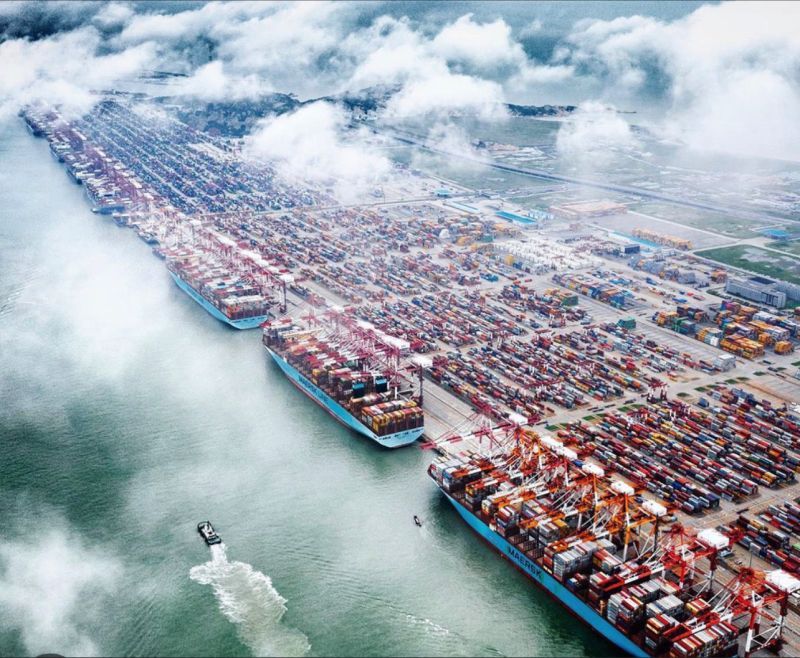 China's Ports Surge Ahead: Major Container Terminal
China's Ports Surge Ahead: Major Container Terminal 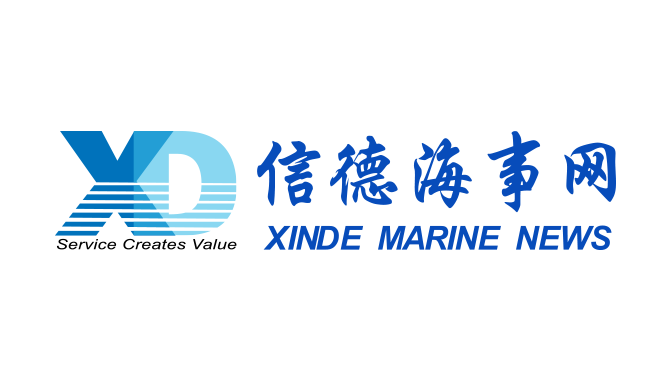 Port of Hamburg: Growth in container throughput and
Port of Hamburg: Growth in container throughput and 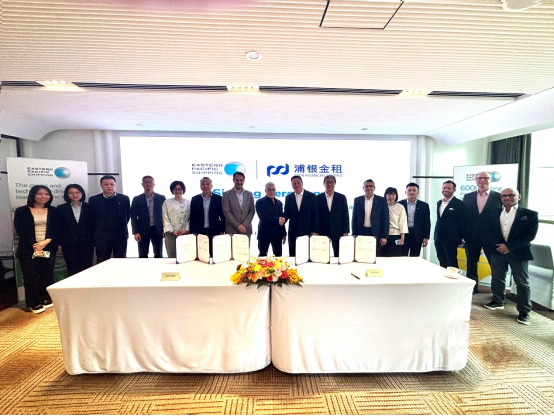 EPS and SPDB Financial Leasing sign financing agree
EPS and SPDB Financial Leasing sign financing agree